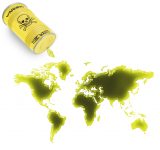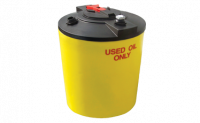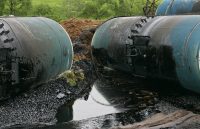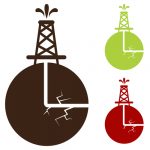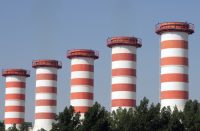SPCC: What Are Your Security Requirements
Standard SPCC plans must describe security procedures for their operation (excluding oil production facilities). The security requirements are meant to prevent oil discharges that result from vandalism or other unauthorized access to oil containers or equipment. Security procedures must include provisions to: Secure and control access to each facility’s handling, processing, or storage areas. Secure […]

